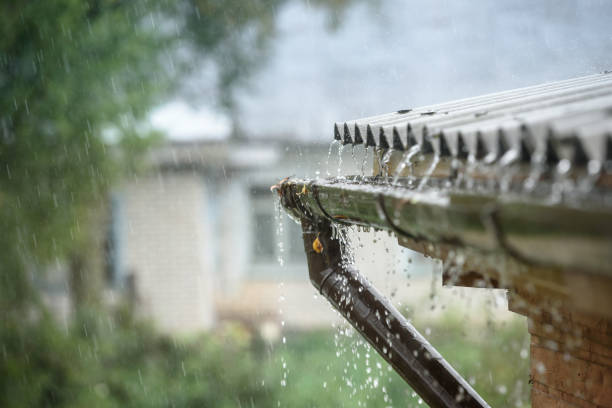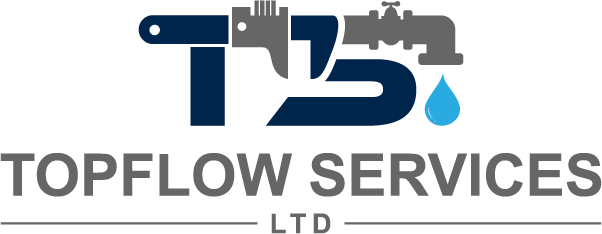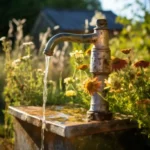6 Compelling Reasons to Embrace Rainwater Harvesting: A Guide by TopFlow Services
Why Rainwater Harvesting is Your Garden’s Best Friend
Striving for a lush garden while also conserving water? Rainwater harvesting could be your solution. At TopFlow Services, we’ve curated six compelling reasons to start capturing rainwater for your daily water requirements.
1) Conserve Precious Water Resources
Rainwater harvesting is an eco-conscious choice, as it reuses rainwater that would otherwise contribute to waste or stormwater runoff. This method eases the demand on traditional water sources like rivers and aquifers, which are under increasing pressure from population growth and climate change.
2) Lower Your Utility Bills
Utilizing collected rainwater for non-potable uses lessens your dependence on municipal water, potentially saving you money over time, particularly in regions with high water costs.
3) Promote Sustainable Water Use
Harvesting rainwater is an exercise in responsible water management. It reduces the need for energy-consuming water treatment processes and contributes to a more sustainable water cycle.
4) Alleviate Strain on Drainage Systems
Excessive rain can flood stormwater systems, causing local damage. Capturing rainwater minimizes runoff, relieving the burden on drainage infrastructures and decreasing the risk of flooding.
5) Boost Plant Health
Rainwater is typically free from the salts, minerals, and chemicals found in tap water, which can be harmful to plants. Using rainwater promotes healthier plant growth and lessens reliance on synthetic fertilizers.
6) Achieve Water Self-Sufficiency
Rainwater harvesting provides a certain level of independence, especially useful in regions prone to water scarcity or restrictions. A stored rainwater reserve ensures a backup for various domestic purposes, even in drought conditions.

How Does a Rainwater Harvesting System Function?
Catchment Area
The catchment surface is usually a building’s roof, designed to collect rainwater while maintaining water quality.
Gutters and Downspouts
These guide rainwater from the roof into storage tanks, filtering out debris and contaminants on the way.
Filtration System
Before storage, the water is filtered to remove contaminants like leaves or dirt, usually through mesh or screen filters at the downspout entry or a first-flush diverter system.
Storage Tanks
Filtered water is stored in tanks made from materials like plastic or concrete. The tank size depends on local rainfall patterns and the intended use of the water.
Overflow Management
Excess rainwater is safely directed away from buildings to prevent flooding, using an overflow pipe or a separate drainage system.
Pump and Distribution
A pump is installed to distribute the harvested water as needed. The pump can connect to an outside tap or internal plumbing systems.
Treatment (Optional)
Additional treatment, like UV or chemical disinfection, might be necessary depending on the intended use of the harvested rainwater.
Need Help Setting Up Your System?

Learn more about rainwater harvesting for your garden here. For specialized assistance, our team at TopFlow Services is just a call away for ensuring proper setup and connections.
Take the Next Step!
Ready to embrace the benefits of rainwater harvesting? Contact TopFlow Services at 07856780000 for expert consultation and services.






